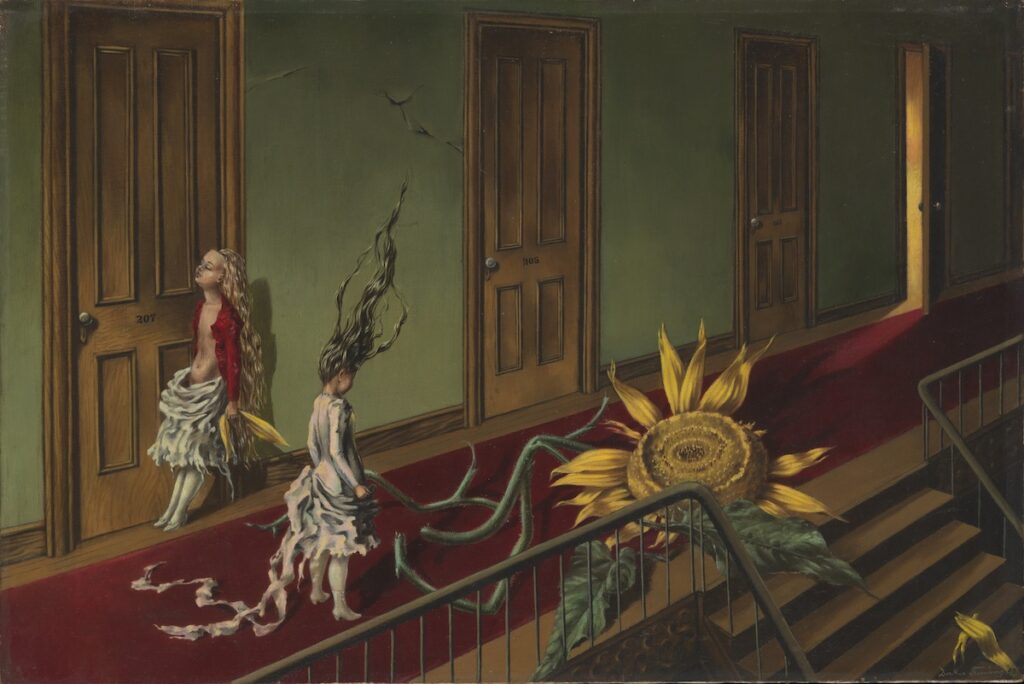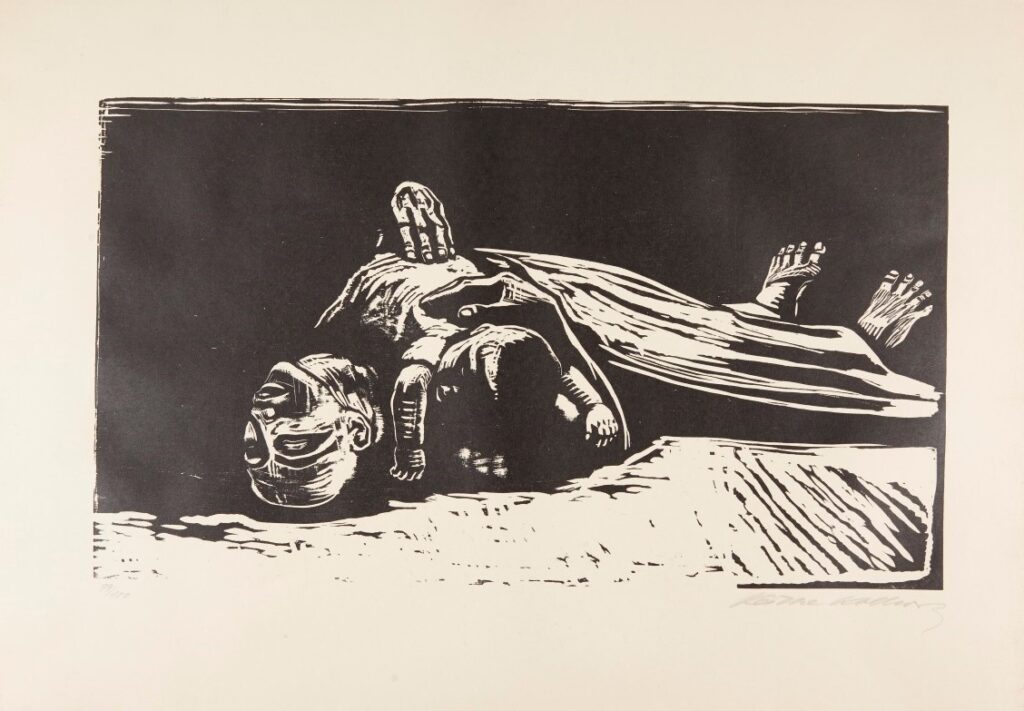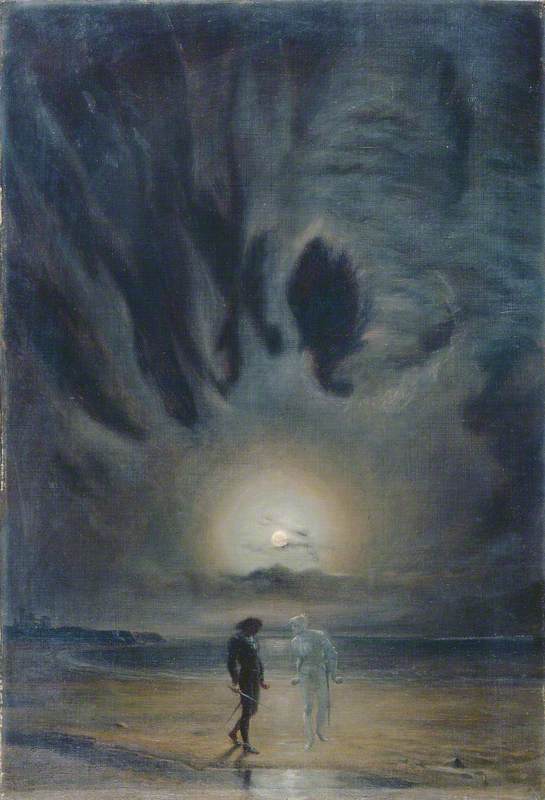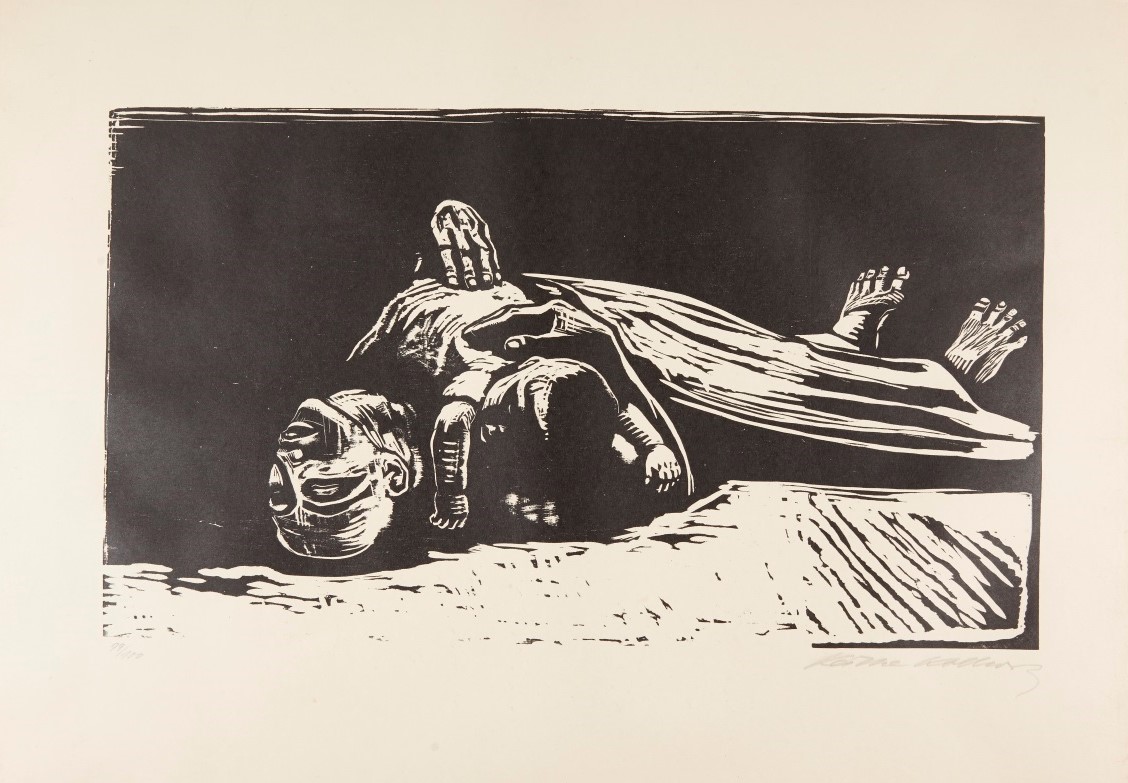Imagine stepping into a world where the ethereal and the artistic collide, captivating your senses and stirring your imagination. Enter “The Haunting Beauty of Famous Ghost Paintings,” a mesmerizing collection that unveils a haunting realm through renowned works of art. Immerse yourself in the eerie allure of spectral figures suspended between the realms of existence and beyond, as these famous ghost paintings weave tales of mystery and melancholy, making your spine tingle and your heart ache. Brace yourself for an extraordinary journey into the supernatural, where art becomes a gateway to a world unseen.
The Haunting Beauty of Famous Ghost Paintings

This image is property of theartssociety.org.
Introduction to ghost paintings
If you have ever been captivated by the ethereal and mysterious, then ghost paintings are sure to pique your interest. These hauntingly beautiful works of art have been captivating audiences for centuries, evoking a sense of intrigue and fascination. Whether you believe in the supernatural or not, ghost paintings have a way of reaching deep into your imagination, drawing you into a world where the line between the living and the dead blurs.
The history of ghost paintings
The history of ghost paintings can be traced back to ancient times, where the concept of spirits and apparitions held a significant place in folklore and mythology. However, it was during the Gothic era of the 18th and 19th centuries that these ghostly images truly began to flourish in the art world. Artists inspired by the Romantic movement sought to capture the mysterious and macabre, often incorporating ghostly figures in their works to evoke a sense of melancholy and awe.
Techniques used in capturing ghostly images
Creating a ghostly image in a painting requires a delicate balance of artistic skill and imagination. Artists often use various techniques to achieve the desired effect. One technique commonly employed is the use of translucent layers of paint, allowing the ghostly figure to appear as if floating or fading into the background. Another method involves employing subtle brushwork to create an otherworldly atmosphere, with soft edges and hazy outlines that give the impression of an apparition. Lighting and shading techniques are also crucial in capturing the ethereal essence of a ghostly presence.
Famous artists known for their ghost paintings
Throughout art history, numerous renowned artists have delved into the realm of ghosts and specters, leaving an indelible mark on the genre. Henry Fuseli, known for his iconic painting “The Nightmare,” perfectly captures the unsettling allure of the supernatural. Francisco Goya’s haunting series of etchings, “Los Caprichos,” explores the dark side of human nature, often featuring ghostly figures symbolizing societal decay. James Ensor, a Belgian painter, embraced the theme of the spectral in his works, infusing them with a sense of eerie enchantment.
This image is property of theartssociety.org.
Symbolic meanings behind ghostly imagery
The inclusion of ghostly figures in paintings often goes beyond their purely aesthetic appeal. These ethereal beings can carry symbolic meanings and evoke deeper emotions in the viewer. They may represent unresolved pasts, lost loved ones, or the fleeting nature of life itself. The ghostly presence can serve as a potent reminder of our own mortality or act as a commentary on the transient nature of the human existence. The interpretation of these symbols can vary widely, allowing viewers to engage with the art on a personal level.
The different styles and genres of ghost paintings
Ghost paintings span across various styles and genres, reflecting the diverse ways in which artists have approached the subject. From the dark and eerie landscapes of the Gothic era to the dreamlike qualities of Surrealism, ghostly imagery has found its place in numerous art movements. Whether it be the haunting portraits of the Pre-Raphaelites or the abstract expressions of the modernist painters, the ghostly motif continues to evolve and adapt to different artistic contexts.

This image is property of theartssociety.org.
The allure and fascination of ghostly art
What is it about ghost paintings that captivate our imagination and draw us in? Perhaps it is the intrigue and mystery that surrounds the concept of the supernatural. Ghostly art allows us to confront our deepest fears and contemplate the unknown. These paintings have the power to evoke a wide range of emotions, from awe and wonder to a sense of unease and introspection. Like a ghost itself, the allure of ghostly art is both ephemeral and irresistible.
Controversies surrounding ghost paintings
With the inherent fascination surrounding ghost paintings comes a fair share of controversies. Skeptics often dismiss these artworks as mere figments of imagination or attempts to deceive the viewer. Claims of fraudulent techniques used to create ghostly effects have arisen throughout history. However, it is important to recognize that the true value of these paintings lies not solely in their authenticity but in the emotions and thoughts they provoke. Ghost paintings can serve as a powerful medium for exploring the human psyche and our relationship with the unknown.

This image is property of theartssociety.org.
Preservation and restoration of ghost paintings
Preserving the delicate beauty of ghost paintings is a task that requires extensive knowledge and skill. These artworks often age poorly, with the passage of time diminishing their subtle hues and ethereal effects. The restoration process for ghost paintings involves careful cleaning, consolidation of deteriorated areas, and retouching to restore the intended ghostly imagery. To ensure the longevity of these hauntingly beautiful works, professionals must employ conservation techniques to safeguard their fragile nature.
Collecting and displaying ghost paintings
For those captivated by the haunting allure of ghostly art, collecting and displaying such paintings can be a way to bring a touch of the supernatural into their lives. Collectors seek out both historical and contemporary ghost paintings, appreciating the unique atmosphere they bring to any art collection. When displaying ghost paintings, it is essential to consider lighting and positioning, as they can significantly affect the perception and impact of the ghostly figures. Whether privately enjoyed or displayed in public galleries, these paintings continue to mesmerize and intrigue viewers.
In conclusion, ghost paintings offer a glimpse into a realm where the veil between the living and the dead is tantalizingly thin. With their haunting beauty and symbolic depth, these artworks continue to capture the imagination of audiences around the world. From the techniques employed by artists to capture ghostly images to the controversies surrounding their authenticity, ghost paintings will forever intrigue and bewitch us. So, embrace the chilling beauty of these spectral masterpieces and let yourself be transported to a realm where the ethereal and earthly coexist in a breathtaking dance.

This image is property of d3d00swyhr67nd.cloudfront.net.

